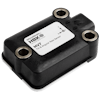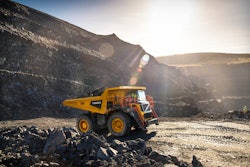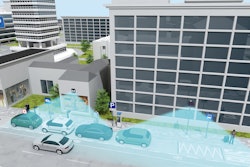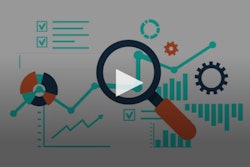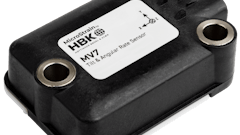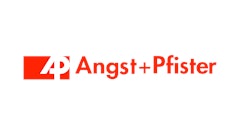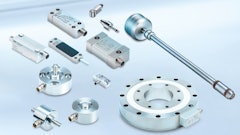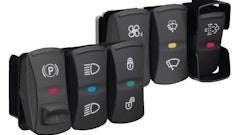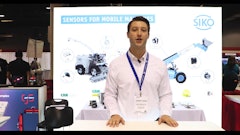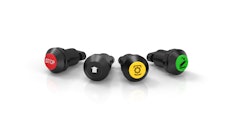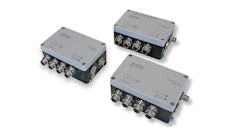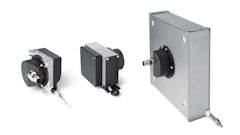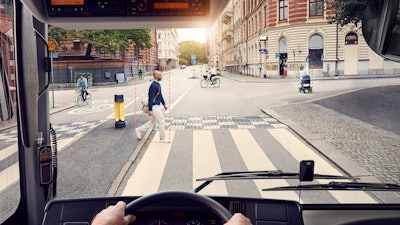
Frost & Sullivan’s recent analysis, Opportunities of Emerging Sensor Technologies Impacting the Future of Smart Cities, reports that digitization and advancements in Internet of Things (IoT) are driving the large-scale adoption of sensor technologies across cities. Combined with key enabling technologies such as artificial intelligence (AI) and high-speed internet networks, integrated sensor networks in cities are driving the creation of a connected city ecosystem to enable the optimal use of public resources. The scope of the research includes acoustic, lidar, radar, 3D camera sensors, environmental sensors, flow sensors, gas sensors, and humidity and temperature sensors and also addresses adoption scenarios in key smart cities across the globe.
"The need for a smart city is primarily driven by a requirement for a safe, secure, and sustainable environment that allows for effective population management while providing services to citizens in a satisfactory manner,” says Krithika Shekar, TechVision Senior Research Analyst at Frost & Sullivan. "An integrated sensor system aids in establishing a seamlessly interconnected network with an anchor application and a centralized platform. Such a sensor network established for one purpose, such as street lighting, can enable several other connected applications, such as environment monitoring, public safety, and waste management. A centralized network will help reduce duplicated capital costs and eliminates the need for several individual complex networks.”
“Major investments by top smart city governments in Singapore, New York, and Tokyo show rapid pace of adoption of smart solutions. The rise of smart cities has not only created growth opportunities for sensor makers, but has also accelerated the adoption of several supporting technologies such as 5G, robots, AI, and edge computing, creating endless growth opportunities for smart city applications.”
READ MORE: 5G Enables the Next Wave of Connectivity
For further growth opportunities, smart cities should leverage the following sensor technologies:
- Electronic sensors are deployed in environmental surveillance sensors and speedometer sensors which are typically used in smart cities to carry out a variety of tasks, such as monitoring power and current levels for fault detection.
- Infrared sensors aid in unbiased data generation in dynamic and unstable environments, which can help with decision-making in smart cities. Radar sensors are useful in utilizing complex computer data to analyze crucial archaeological site information.
- Thermal sensors perform accurate tracking of energy distribution, while other smart sensors enable management of demand-side energy. As such, smart grid sensors help improve energy efficiency.
- Proximity and lidar sensors can aid development of automated vehicle systems, which is critical to making a city completely smart.
Opportunities of Emerging Sensor Technologies Impacting the Future of Smart Cities is part of Frost & Sullivan’s global TechVision Growth Partnership Service program.

